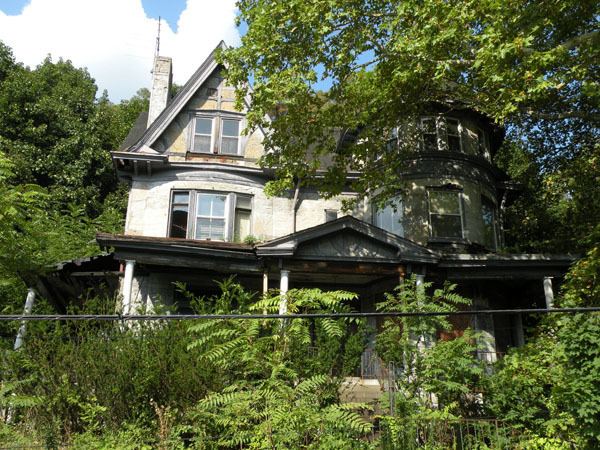City designated May 20, 2008 | PA marker dedicated September 25, 1994 | |
 | ||
Built/founded House: 1908Company: 1941 Governing body/owner Jonnet Solomon-Nowlin & Miriam White | ||
The National Negro Opera Company (1941–1962) was the first African-American opera company in the United States.
Organized in Pittsburgh, Pennsylvania, under the direction of Mary Cardwell Dawson, the company was launched with a performance at the local Syria Mosque. The star was La Julia Rhea, and other members included Minto Cato, Carol Brice, Robert McFerrin, and Lillian Evanti. During its 21-year run, NNOC also mounted productions in Washington D.C., New York City, and Chicago.
The company disbanded in 1962 upon Dawson's death.
Although the company toured nationally, its offices and studios were housed in a three-story Queen Anne-style house at 7101 Apple Street in Pittsburgh's Homewood neighborhood. Constructed as a private residence, it was purchased by William A. "Woogie" Harris (brother of the famous photographer Charles "Teenie" Harris) in the 1930s. The NNOC moved to Washington, D.C. in 1951, but the company continued to use the third floor as a local guild office and studios until the company disbanded.
In 1994 the Pennsylvania Historical and Museum Commission designated the NNOC's house on Apple Street a historic structure; it became a Pittsburgh City Historic Landmark in 2008. In 2003 and again in 2013, the Young Preservationists of Pittsburgh included the building on their "Top 10" preservation opportunities.
In 2007 a local newspaper reported that restoration efforts were underway, led by Jonnet Solomon-Nowlin and a nonprofit, The National Opera House. Solomon stated her organization aimed to transform the historic building into a new arts center.
